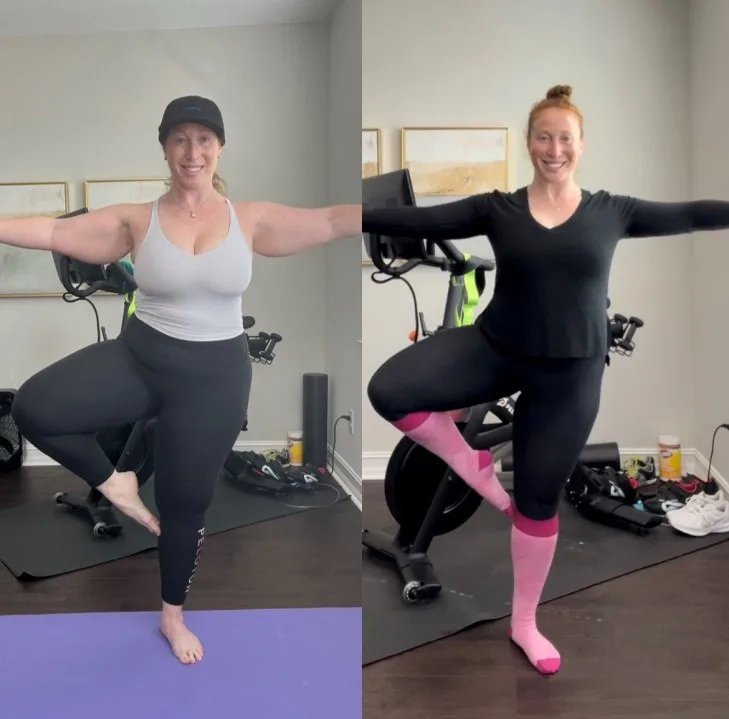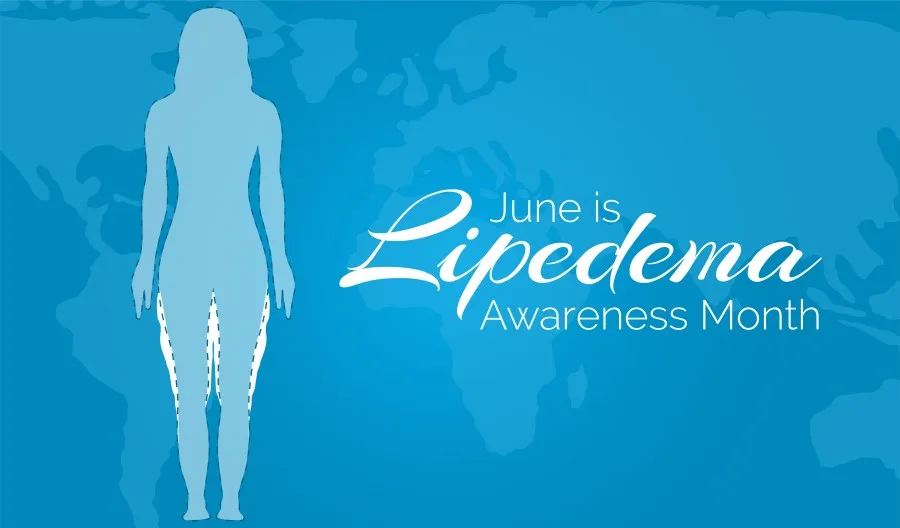
TAMPA (BLOOM) – Imagine dancing through life with a condition that makes every move a challenge, yet still managing to inspire millions online. Meet Allison Jacobs, a TikTok sensation who turns her struggle with Lipedema into a powerful story of resilience, advocacy, and joy. Her journey from undiagnosed symptoms to becoming an inspiration for others is as captivating as her dance routines. Let’s dive into Allison’s world, where she’s breaking down stigmas, one dance move at a time.

Diagnosed by Followers
Allison Jacobs wasn’t officially diagnosed with Lipedema until 2021, despite experiencing symptoms since she was 13. It wasn’t until several followers reached out via DMs and comments on her posts that she recognized the condition. “I didn’t realize it was lipedema, but when I was around 13, the visibility of my knee caps and quad muscles started to disappear, and my thighs began to grow,” Allison recalls. Despite visiting orthopedists and undergoing physical therapy, no one identified the underlying issue. This lack of awareness led to increased pressure about her weight and severe disordered eating, taking a toll on her mental health.
Okay, now that you’ve met Allison, let’s make sure we’re all on the same page about what Lipedema is.
Understanding Lipedema: A Simple Breakdown

Women’s body in different types of Lipedema. Vector illustration
Lipdema is a chronic condition characterized by an abnormal accumulation of fat cells, primarily in the legs, hips, and sometimes the arms. This condition, which almost exclusively affects women, is often misunderstood and misdiagnosed as simple obesity. Here’s what you need to know:
- Symptoms: Lipedema usually begins during puberty, pregnancy, or menopause, marked by a disproportionate increase in fat in the lower body. This can lead to the disappearance of visible knee caps and increased thigh size. It often comes with pain, tenderness, and easy bruising in the affected areas.
- Causes: The exact cause of lipedema is unknown, but it is believed to be linked to hormonal changes and may have a genetic component, as it often runs in families.
- Diagnosis: Diagnosis is typically clinical, based on the physical appearance of the affected areas and the presence of symptoms. Unfortunately, many healthcare providers are not familiar with lipedema, leading to frequent misdiagnosis as obesity or lymphedema.
- Treatment: There is no cure for lipedema, but treatments focus on managing symptoms and preventing progression. Conservative treatments include manual lymphatic drainage, compression garments, and physical therapy. In more severe cases, liposuction may be recommended to remove the abnormal fat cells and improve mobility and pain.
- Impact: Beyond physical symptoms, lipedema can have a significant emotional and psychological impact. Many women with lipedema struggle with self-esteem and mental health issues due to the appearance of their bodies and the chronic nature of the condition.
Understanding lipedema is crucial for providing appropriate care and support for those affected. Increased awareness can lead to better diagnosis, treatment, and quality of life for individuals with this condition.
Daily Life Adaptations

Living with Lipedema profoundly impacted Allison’s daily routine. She had to give up her beloved Peloton workouts due to knee pain and faced increasing back pain. There were months when she had to stop dancing and working out entirely. “Now that I’ve had the surgery, so many of these things have improved,” Allison shares. She manages her condition with conservative measures like manual lymphatic drainage, a compression pump, and compression garments to control swelling and discomfort.
Mental Health and Therapy
Allison emphasizes the importance of therapy in maintaining her emotional and mental well-being. “It took a long time to find a therapist that I really connected with, but he has changed my life,” she says. Lipedema’s physical challenges are compounded by the emotional toll of feeling isolated and struggling to fit societal beauty standards. “Years spent self-loathing, feeling isolated, and desperate to fit the beauty ideal… It’s a vicious cycle, and it impacts every aspect of your life.”
Raising Awareness and Advocacy

June is Lipedema Awareness Month
Allison uses her platform to combat misconceptions about Lipedema, a disease often mistaken for simple obesity. “While Lipedema is a rarely diagnosed disease, it is not a rare condition. 1 in 9 women are impacted,” she explains. By sharing her journey, she hopes to help others understand the disease and seek necessary medical care. “I never intended this, and I have no idea what I’m doing in all honesty, but it happened, and I could not be more grateful.”
TikTok: From Dance to Advocacy











 闽公网安备35021102002035号
闽公网安备35021102002035号